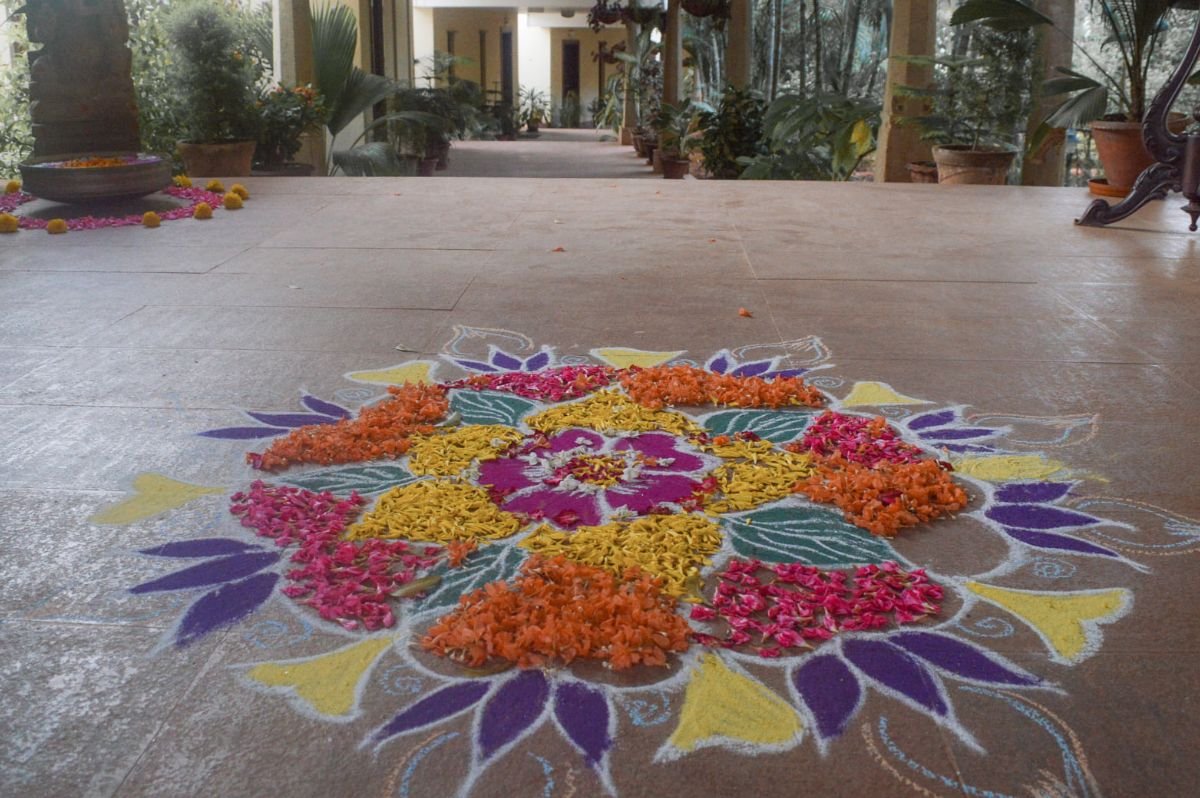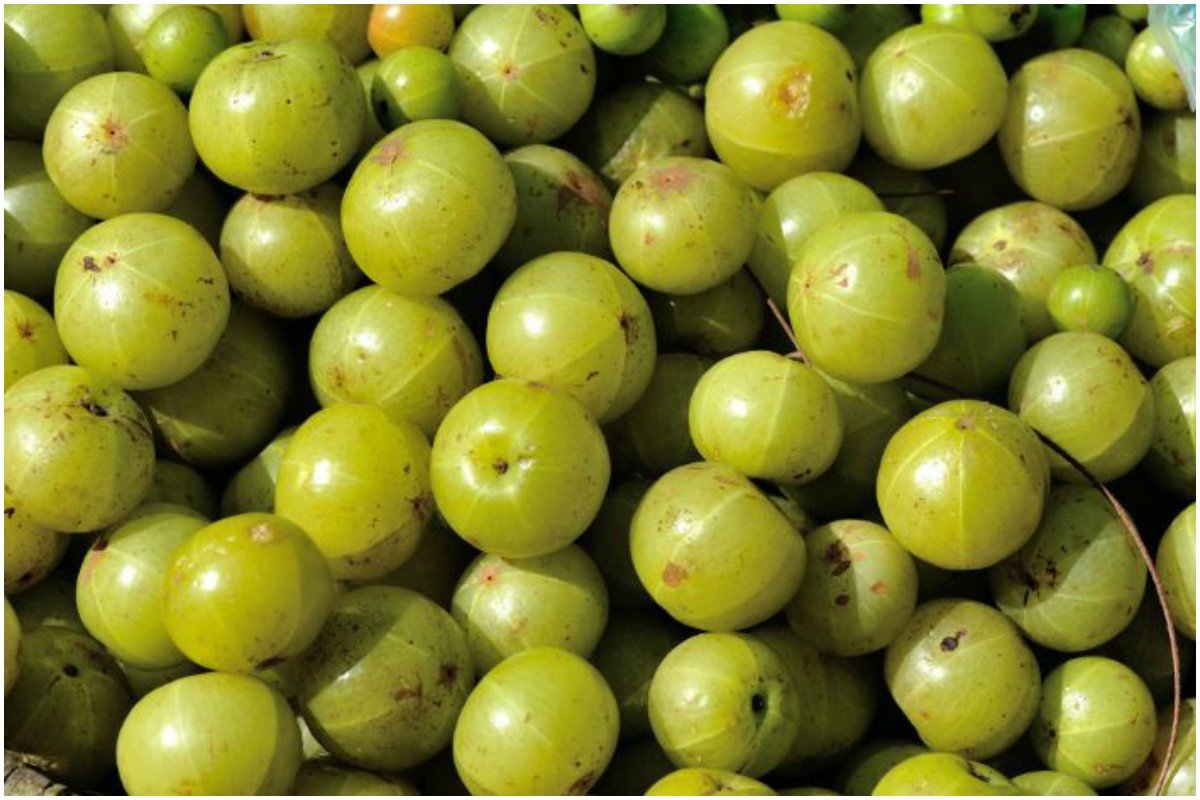Health in Action: Anti Inflammatory Foods and Eating the Rainbow
Anti-inflammatory foods are important additions to our everyday diets. They not only help our bodies regulate inflammation, but they can also add some extra color to our plate. Incorporating color into our diets can provide benefits beyond digestion in the form of color therapy as well.
Colors can change the way we feel and react to different situations. Have you ever seen a work of art that pulled you into a specific state of being? Well color therapy works in a similar way. While colors are not recognized in Western medicine as a viable aid in healing, they are very present in Eastern medicine across Asia. In India colors can be found in just about every street corner and every family home from altar spaces to everyday clothing. Often based upon the seven Chakras, each color holds an important meaning.
While traveling throughout India I noticed that the culture there was very much in touch with food and its affects on our bodies. Many colorful anti-inflammatory foods showed up in everything from fast food to homemade dishes distinctly changing from region to region. Here is a list of anti-inflammatory foods that impacted me throughout my travels!
RED symbolizes the Root Chakra. This chakra has to do with our grounding and connection with the Earth. In India red represents sensuality, purity and fertility, which is why it is often associated with marriage. Vibrant red and pink herbs such as rose and hibiscus appeared throughout my travels in desserts, drinks, sauces and altar spaces. Many red foods like these contain anthocyanin, which act as potent anti-inflammatory compounds within the body (1,2).
ORANGE represents the Sacral Chakra. This chakra is said to be associated with reproduction, detoxification and pleasure. Orange also signifies abundance, courage and selflessness. Specifically saffron orange, is seen as the most sacred color in India holding significance in both spiritually and religion. Hindu monks wear bright saffron robes, announcing their renunciation of the ego and all their worldly possessions. Orange foods often contain beta-carotene and antioxidants such as vitamin C, which all act to lower inflammation within the body. Saffron, also known as Kesar in Hindi, appeared as a common ingredient in desserts, sauces and snacks. As an herb that has been used across the ages, many claim that saffron may help lower inflammation as well as reduce the risk of heart disease (3).
YELLOW represents the Solar Plexus Chakra and is said to be associated with positivity, empowerment, and well-being. Yellow can be used in color therapy to bring energy and encourage action. It also represents spring, as well as mental development, peace, and meditation. In India it is the traditional color worn by single girls in search of a partner. One of the most vibrant yellow foods out there is turmeric, and while it is common across the entire world many underutilize its potential! Turmeric is widely known to be anti-inflammatory for both chronic and acute conditions (4). I specifically enjoy golden milk, a traditional Ayurvedic preparation consisting of milk steeped with various warming spices, turmeric and black pepper.
GREEN represents the Heart Chakra and is associated with energy or the energy field, the nervous system, mental focus, compassion, and empowerment. Green is the most balancing of all the colors. In India green also symbolizes nature and therefore is a manifestation of God himself. One superfood worth noticing here is amla. Though we often see it dried or preserved as dark candies or pinkish powder, its grows fresh as a bright green berry. Amla is known across India as a potent medicine for many ailments such as helping the body balance inflammation and promoting heart health (5).
BLUE represents the Throat Chakra and is associated with the thyroid and metabolism as well as peaceful expression. Blue can also be associated with wisdom, creativity, loyalty, and spirituality. In India blue is deeply associated with the deity Krishna, who is portrayed as having blue skin. INDIGO represents the Third Eye Chakra, which influences our sleep cycles, self-esteem, clarity, wisdom, and intuition. Although blue foods are hard to find, I was lucky enough to encounter fresh Butterfly Pea flowers growing prolifically in several Indian Botanical Gardens. This small flower gives food and drink a lovely vibrant blue to indigo color, which can also be changed to violet by combining it with an acid such as lemon juice. It also contains potent antioxidants making it an excellent anti-inflammatory food (6).
VIOLET represents the Crown Chakra. Violet is most strongly associated with beauty, spirituality, and bliss. In color therapy, violet is often used to initiate feelings of calm and relaxation within the human body. Purple mulberries are a great source of antioxidants making them a wonderful addition to an anti-inflammatory diet. I encountered these dried at the spice market mixed in with other roasted nuts and seeds, but they can also be found at some natural food stores (1,2,7,8).



